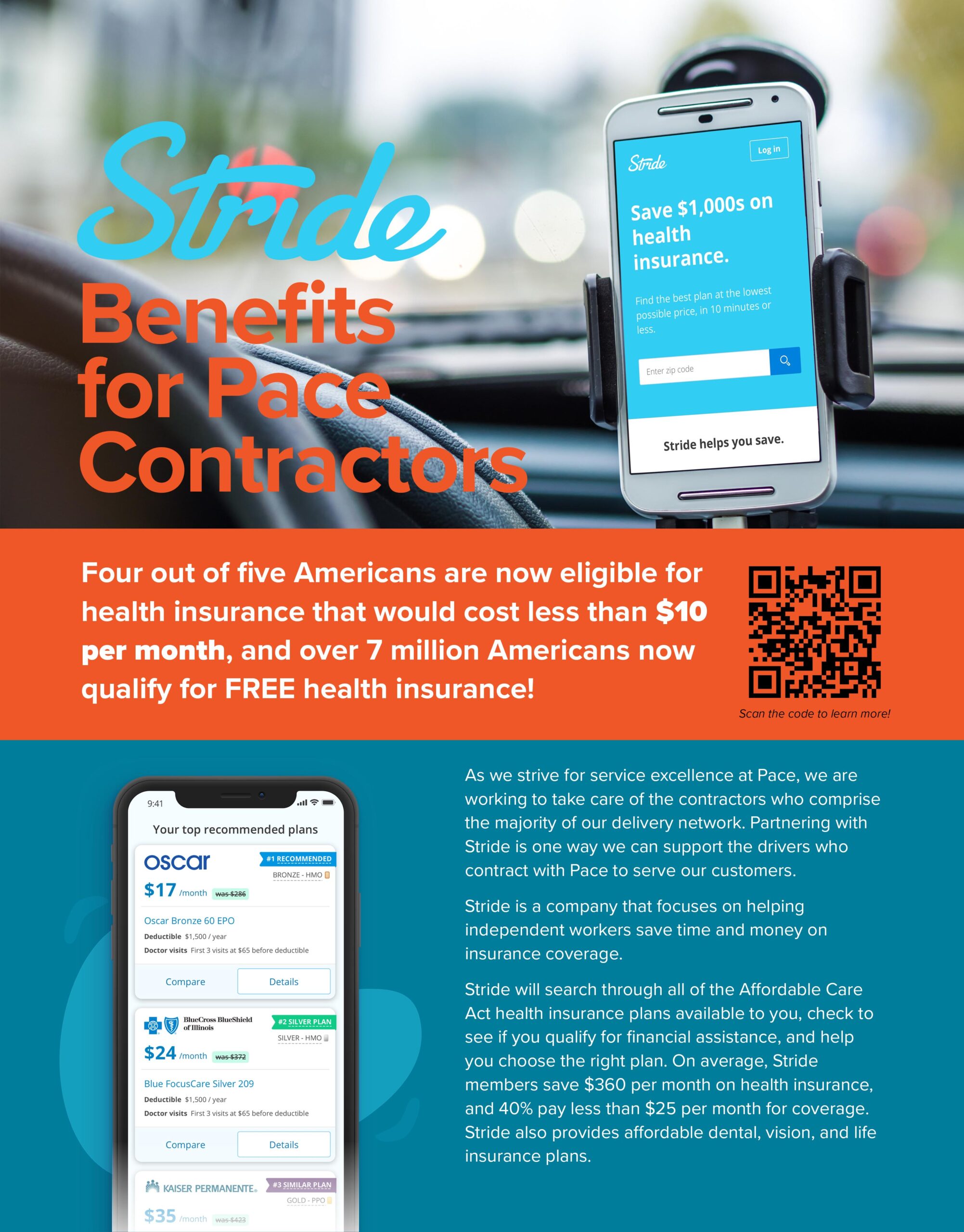
While the concept of wearable technology was once a science-fiction like dream, wearables are quickly becoming the new reality in logistics. From pocket watches to Star Trek wrist communicators, we humans have no shortage of imagination. For a long time, however, many of our greatest ideas have been limited to the realm of fantasy. Now, recent advances in computer technology are beginning to bring some of our most wonderful science fiction visions to life.
From cell phones to fitness trackers, wearable technology has permeated our world and become a regular fixture in both our personal and professional lives. Many industries have embraced these changes and the possibilities that new technology can offer. The logistics industry is no exception. Logistics has seen major advancements in recent years, testing new ways to meet increasing and ever-changing consumer demands and to overcome stress on an often-overwhelmed system.
According to MHI, an industry group for supply chain professionals and creators of the ProMat trade show, 70% of warehouse facilities will use some form of wearable technology by 2023. UPS was an early adopter of wearables. In 2011, UPS equipped its international supply chain operations with radio frequency-enabled ring scanners, making package transfer more efficient and travel more reliable throughout its network. Then in 2015, UPS started testing Google Glass to speed package sorting, boost efficiencies, and shrink the number of labels required for shipments. In the article, Is your workplace ready for wearable technology? published in 2017 by the UPS Knowledge Center, the company shares its perspective on the benefits that wearable technology brings to the supply chain.
Smart glasses are another example of wearable technology being used in the warehouse. Once dreamed up as a mainstream application, today this wearable is mostly used in enterprise and industrial applications, such as order picking, now commonly dubbed “vision picking” when the task is done with these augmented reality glasses. A pair of augmented reality (otherwise known as AR or smart) glasses that allow the user to see graphics and real-time information overlaid on their field of vision offers extraordinary possibilities across a wide range of industries.
While Google Glass has ultimately proved unsuccessful so far as Google’s initial concept for mainstream adoption, its application in supply chain and logistics is still growing. DHL is an enterprise adopter of smart glasses for vision picking, and as early as 2017 the company reported an increase in worker productivity by 15% through the use of this wearable.
Another piece of wearable technology that has become ubiquitous in the logistics industry is the scanner. Both RFID and barcode scanners are available from several manufacturers in wrist, ring, or glove-mounted models, leaving both hands free to work. Scanners can send information using the internet or Bluetooth to either local or cloud-based servers, providing decision-makers the instant, real-time data they need. Scanners can also tell the logistics professional what items to pick, whether they picked the correct item and amount, and where the item needs to go.
Logistics professionals are also using wearable scanners in combination with autonomous mobile robots, or AMRs. Workers can assign barcodes to pre-programmed workflows, so that scanning a particular barcode triggers a specific behavior in the AMR. Multiple barcodes can be displayed on the racks at the end of each aisle, allowing a single worker to direct several AMRs at once instead of manually moving materials – multiplying productivity.
Another growing trend in the logistics industry is voice-picking technology. Wearable headsets allow the logistics professional to issue verbal commands to AMR assistants and to receive information from centralized dispatchers or computerized databases. Consider a wearable headset that connects the worker to an administrator that can relay instructions, redirecting labor flow to respond to changing priorities.
Warehouse managers can further leverage voice technology to integrate human and robot labor. A worker can drop a packed cart at the end of the aisle and use voice commands to direct a robot to move it to another zone or to have a new cart dropped off ready for packing. This allows workers to stay in one zone and load multiple pallets as the robots move pallets from zone to zone. Each worker is now more efficient and fewer people manage more tasks. This is especially convenient while social distancing protocols are in place during COVID-19.
Wearables can also provide useful employee data. Managers can see where each associate is and track their movements throughout the facility to help direct the flow of labor and materials and to increase efficiency. Wearable technology can even provide information about worker health. Managers can monitor employee stress and fatigue, track repetitive motions, and avoid accidents. Devices like the Kinetic Reflex can identify irregular motions and warn workers if they are bending or flexing in a way that could cause injury.
One of the biggest challenges facing logistics professionals looking to implement wearable technology is the large number of solution providers and wearable technology devices available. There are so many options that logistics managers may find it difficult to determine which solutions are best for their operational goals. Industry leaders are calling for increased collaboration to help standardize technology so that smart devices and systems can work with each other, instead of competing.
Despite the challenges of adopting new technology, many logistics professionals recognize the potential return on investment. Warehouse and logistics professionals are increasingly willing to accept new technology that improves their work-life quality and safety. The COVID-19 pandemic has also helped to reduce the apprehension surrounding wearable technology. Not only has the pandemic complicated the essential work requirements and worsened the labor shortage in the logistics industry – requiring the need for technology to offset the shortfall – but it has also led to heightened general safety awareness.
According to Haytham Elhawary, CEO and co-founder of tech company Kinetic, “The case for keeping workers safe during COVID-19 is obvious to, and even embraced by, employees who willingly wear the devices for their protection. And, when the investment for immediate needs is considered alongside the long-term injury-reducing value of wearables, the cost is actually lower than the return on investment.” Although wearable technology has had a place in logistics for several years, COVID-19 has helped accelerate the pace of its development and adoption.
Nobody knows for certain what the future holds, but the logistics industry will likely continue advancing and adapting to meet ever-shifting demands amid a constantly changing landscape. Humans and robots will continue learning to work together, striving to achieve greater efficiencies and better working conditions. Consumers will continue driving the growth of e-commerce and fulfillment services, and businesses will continue needing to move products and materials around the globe with more efficiency and transparency.
The world will continue demanding more and better logistics, and technology will continue helping our industry professionals deliver it. At Pace, one of our core values is to Always Improve. It’s our commitment to evolve and adapt to best meet our shipping partners’ needs, and it will always guide our work in logistics.
Disclaimer: The contents of this posting are intended to convey general information only and not to provide legal, tax, accounting or other professional advice or opinions. The contents of this posting, and the posting and viewing of the information on this website, should not be construed as, and should not be relied upon for, legal, tax, accounting or other professional advice in any particular circumstance or fact situation. The information presented in this posting may not reflect the most current legal developments. No action should be taken in reliance on the information contained in this posting and Pace disclaims all liability in respect to actions taken or not taken based on any or all of the contents of this posting to the fullest extent permitted by law. Appropriate professionals should be contacted for advice on specific issues.











